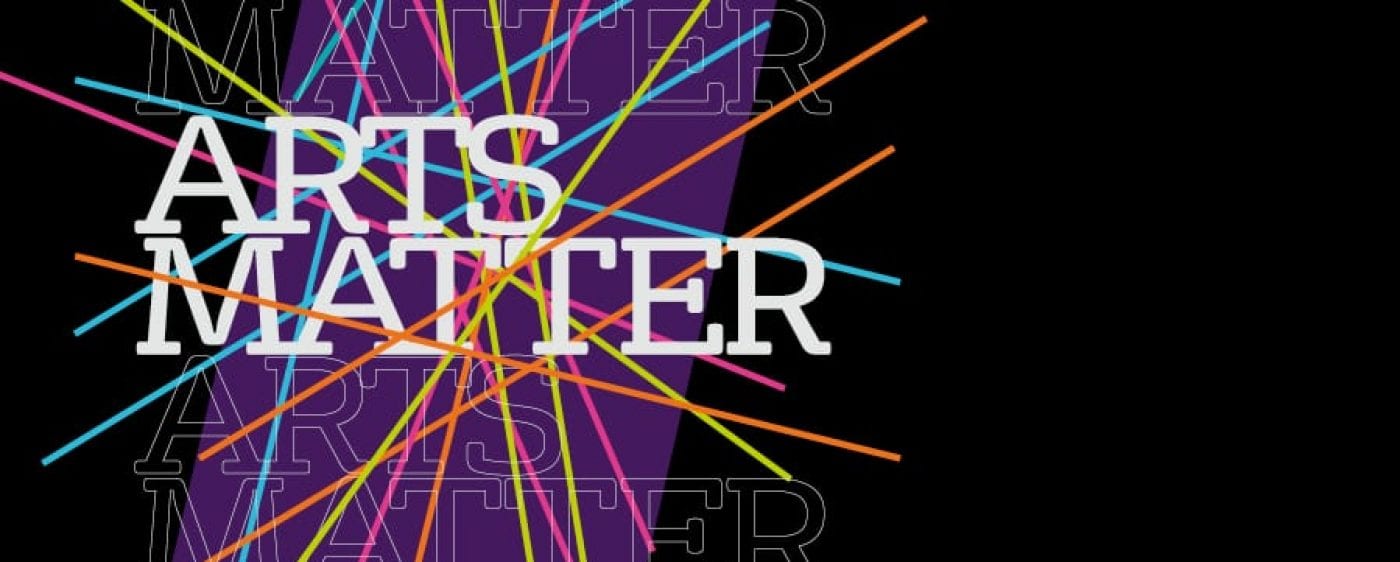By Dr Sarah MacAllister, Department of History of Art, School of Humanities
Dr Sarah MacAllister tells us about a collaborative project exploring the ways in which female botanical artists have contributed to medical knowledge. Utilising extensive relevant art collections at the Royal Botanic Garden Edinburgh (RBGE), the project highlights the work of numerous female illustrators who have hitherto gone unrecognised. The project recently received an AHRC Collaborative Doctoral Partnership and runs until September 2027.
Medical students in the eighteenth and nineteenth century across Europe learnt physiology and anatomy, not only of human bodies, but also of plants. Lecturers displayed large, bold, colourful botanical diagrams from classroom walls to enhance teaching and captivate their audiences.
Plant teaching diagrams might also help public health education today. Botanical artworks represent another way of perceiving plants, which is nuanced and sensitive and with scientific naming and understanding at its heart. Visual narratives of plant lives present aspects of plant behaviour, thereby developing an understanding of plants as active beings rather than passive objects. There is something to protect and engage with here beyond the generic ‘green’.

This project seeks to address the historic neglect of female botanical artists. What exactly was their role in teaching botany for medicine? The research team includes Dr Grace Brockington, Associate Professor in History of Art, and Professor Ulrika Maude, Director of the Centre for Health, Humanities and Science, as well as Emma Nicholson, Head of Creative Arts at Creative Scotland and Research Associate at RBGE, and Lorna Mitchell, Head of Library and Archives at RBGE.
Although botanical drawing was long established as a suitable pursuit for ladies, women were excluded from institutional scientific activity. They did not have publication rights and were not allowed to join the Royal Society until 1900. Medicine was patriarchal in the second half of the nineteenth century, with the idea of women attending medical school ridiculed by male doctors. As one eminent physician put it: ‘uteruses would atrophy, and their brains would burst’. The first women to matriculate at Edinburgh Medical School in the mid-nineteenth century, the ‘Edinburgh Seven’, faced abuse and hostility.
The contribution that female botanical artists’ have made to science and medicine has also been suppressed by their historical treatment. The systematic exclusion of women from the history of science was originally described by the suffragette Matilda Gage in her essay ‘Woman as Inventor’ (Gage 1883), one hundred years later this obliviating, patriarchal mechanism was dubbed the ‘Matilda effect’ by the historian Margaret Rossiter.

Archives held at the Royal Botanic Gardens of Edinburgh will be the starting point for engaging with collections of botanical artworks used in teaching medicine. How were different types of scientific knowledge communicated and what does this indicate about historic values and views of plants? A key focus will be on how women were involved in the creation of visual narratives in teaching, whether directly or indirectly, and bringing their contribution to light. Thematic connections will be mapped between collections elsewhere in Scotland and the UK, the outcome of which will be detailed catalogue entries interpreting and contextualising the artworks meaning, historic usage and circulation.
Dr Sarah MacAllister is an early career researcher in the Department of History of Art with research interests in ecological literacy and visual narratives. To find out more about the Plants and Pedagogy project, please contact smacallister@rbge.org.uk.

